Black Swallowtail Butterfly
- March 4, 2024
- 0 comment
The Black Swallowtail Butterfly, scientifically known as Papilio polyxenes, is a captivating insect native to North America, admired for its stunning appearance and graceful flight. Sporting a wingspan ranging from 2.5 to 4 inches, this species showcases a striking combination of black, yellow, and blue hues, with intricate patterns adorning its wings like delicate brushstrokes on a canvas. Found in diverse habitats including meadows, gardens, forests, and urban areas, the Black Swallowtail Butterfly holds a significant ecological role as a pollinator, aiding in the reproduction of flowering plants by transferring pollen between flowers as it seeks nectar.

Its lifecycle is equally fascinating, starting as tiny eggs laid on host plants such as parsley, dill, and fennel, and undergoing a miraculous transformation through the stages of larva, pupa, to the magnificent adult butterfly. Despite facing threats from habitat loss, pesticide exposure, and climate change, efforts to conserve this species are underway, including habitat restoration, planting native host plants, and raising public awareness about its ecological importance. With its cultural significance reflected in folklore and mythology as a symbol of transformation and renewal, the Black Swallowtail Butterfly continues to enchant and inspire awe in nature enthusiasts and butterfly admirers alike.
| Specification | Details |
|---|---|
| Scientific Name | Papilio polyxenes |
| Wingspan | 2.5 to 4 inches |
| Color | Black, yellow, and blue hues |
| Habitat | Meadows, gardens, forests, urban areas |
| Host Plants | Parsley, dill, fennel, carrot tops |
| Lifecycle Stages | Egg, larva (caterpillar), pupa, adult |
| Ecological Role | Pollinator, aids in plant reproduction |
| Threats | Habitat loss, pesticide exposure, climate change |
| Conservation Efforts | Habitat restoration, planting native host plants |
| Cultural Significance | Symbol of transformation, renewal in folklore and mythology |
The Fascinating World of the Black Swallowtail Butterfly
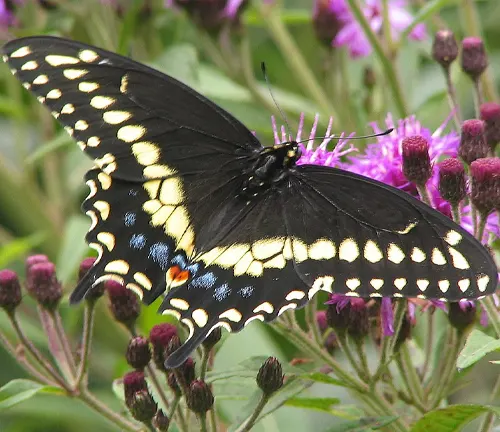
The Black Swallowtail Butterfly (Papilio polyxenes) is a captivating insect known for its striking appearance and graceful flight. This species, native to North America, holds a special place in the hearts of nature enthusiasts and butterfly admirers alike. Let’s delve into the intriguing world of the Black Swallowtail Butterfly, exploring its lifecycle, feeding habits, ecological significance, and more.
Description and Characteristics

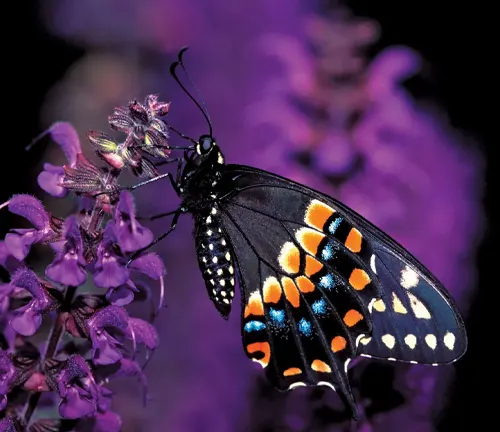
The Black Swallowtail Butterfly, is a captivating insect renowned for its exquisite appearance and graceful demeanor. This species boasts a wingspan typically ranging from 2.5 to 4 inches, showcasing a striking combination of colors that includes black, yellow, and blue. Its wings are adorned with intricate patterns, resembling delicate brushstrokes on a canvas, which contribute to its allure and beauty. Additionally, the Black Swallowtail Butterfly exhibits sexual dimorphism, with females generally being larger than males. This butterfly is known for its elegant flight, fluttering gracefully among meadows, gardens, forests, and urban areas. Its distinctive appearance and gentle movements make it a cherished sight among nature enthusiasts and butterfly admirers alike.
Habitat and Distribution

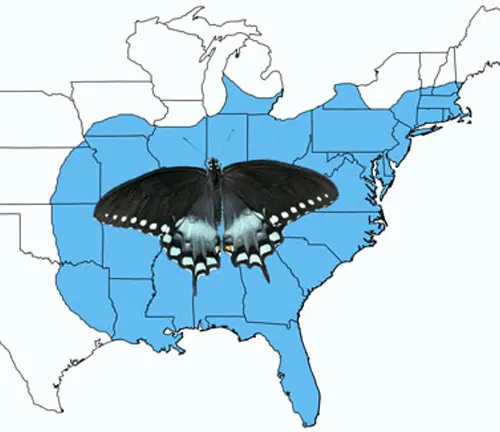
The Black Swallowtail Butterfly, is commonly found across a diverse range of habitats throughout North America. Its distribution spans from Canada to Mexico, encompassing various regions and ecosystems. This adaptable species can thrive in a multitude of environments, including meadows, gardens, forests, fields, and even urban areas. It is frequently spotted fluttering among flowering plants, seeking nectar and suitable sites for egg-laying. Despite its ability to inhabit diverse habitats, the Black Swallowtail Butterfly exhibits a preference for areas abundant in host plants, such as parsley, dill, fennel, and carrot tops, which serve as essential food sources for its larvae. Its widespread distribution and adaptability make it a familiar sight to many observers across the continent.
Life Cycle of the Black Swallowtail Butterfly
Egg Stage
The life cycle begins when a female Black Swallowtail Butterfly lays eggs on suitable host plants, such as parsley, dill, or fennel. These eggs are typically small, spherical, and pale green in color. The female carefully selects the underside of leaves to deposit the eggs, providing them with protection from predators and environmental conditions.

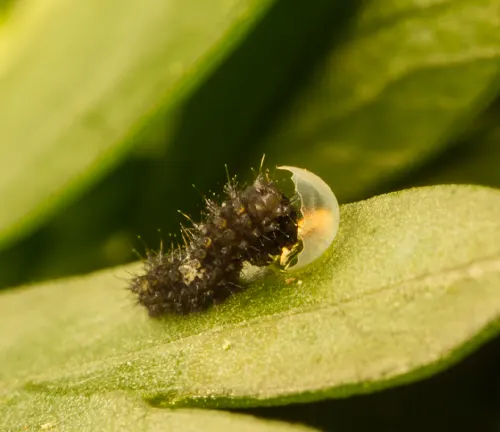
Larval Stage
Upon hatching from the eggs, the larvae, commonly known as caterpillars, emerge and begin their feeding frenzy. Black Swallowtail Caterpillars possess voracious appetites and feed exclusively on the leaves of host plants. They undergo multiple molting stages, shedding their exoskeletons as they grow larger. During this stage, the caterpillars display distinctive black and green markings, camouflaging themselves among the foliage to avoid detection by predators.
Pupal Stage
As the caterpillar reaches full size, it enters the pupal stage, forming a chrysalis or pupa attached to a secure surface. Inside the chrysalis, a remarkable process of metamorphosis takes place. The caterpillar undergoes dramatic changes, breaking down its body tissues and reshaping itself into the adult butterfly. This stage lasts for several weeks as the butterfly undergoes its miraculous transformation.

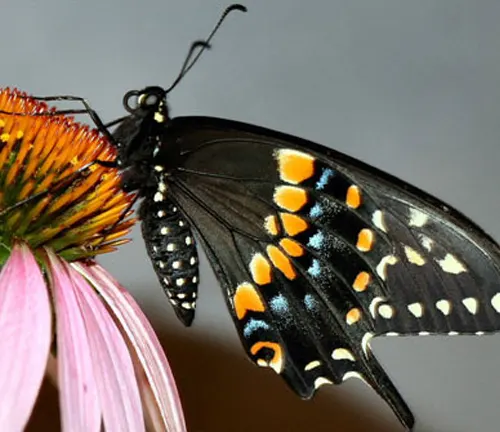
Adult Stage
Upon completing its transformation, the adult Black Swallowtail Butterfly emerges from the chrysalis, unfurling its wings and revealing its vibrant colors. The newly emerged butterfly pumps fluids into its wings, allowing them to expand and harden, enabling flight. As an adult, the Black Swallowtail Butterfly spends its days seeking nectar from flowers, engaging in courtship rituals, and laying eggs to continue the life cycle. This stage marks the culmination of the butterfly’s journey, showcasing its beauty and elegance as it flutters through its habitat.
Feeding Habits and Diet
Host Plants
Black Swallowtail Butterflies lay their eggs exclusively on specific host plants, which serve as essential food sources for their larvae (caterpillars). Some common host plants for Black Swallowtail Butterflies include parsley, dill, fennel, carrot tops, rue, and Queen Anne’s lace. The female butterfly carefully selects suitable host plants for egg-laying, ensuring that the emerging caterpillars will have an abundant food supply upon hatching. These host plants provide the necessary nutrients and sustenance for the growth and development of the caterpillars as they undergo multiple molting stages before pupating.
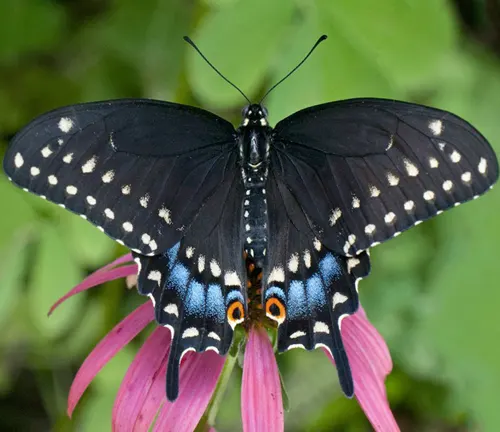
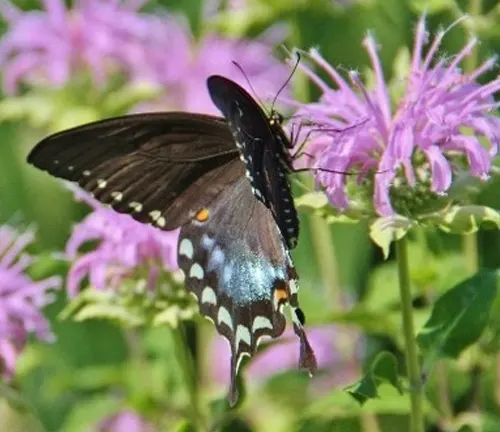
Nectar Sources
As adults, Black Swallowtail Butterflies feed on the nectar of various flowering plants to sustain themselves. They are attracted to a wide range of nectar-rich flowers, which provide them with the energy needed for flight, mating, and other activities. Some common nectar sources for Black Swallowtail Butterflies include butterfly bush, milkweed, coneflower, verbena, thistle, and zinnia. These flowers typically have bright colors and sweet-smelling fragrances, which help attract butterflies and other pollinators. By visiting flowers in search of nectar, Black Swallowtail Butterflies play a crucial role in pollination, aiding in the reproduction of flowering plants and maintaining ecosystem biodiversity.
Predators and Defense Mechanisms
Natural Predators
Black Swallowtail Butterflies face a variety of natural predators throughout their lifecycle. Birds, such as sparrows, warblers, and finches, are common predators of adult butterflies, capturing them in flight or while they are resting on flowers. Spiders, including orb-weavers and jumping spiders, also pose a threat, capturing butterflies in their webs or ambushing them as they move through vegetation. In the larval stage, caterpillars are vulnerable to predation by insects like parasitic wasps, predatory beetles, and ants, as well as small mammals such as mice and shrews. These predators play an important role in regulating butterfly populations and shaping their behavior and distribution in natural ecosystems.
Defensive Behaviors
To defend against predators, Black Swallowtail Butterflies have developed various defensive behaviors and adaptations. One common defensive tactic is rapid flight maneuvers, where butterflies zigzag or dart unpredictably to evade capture by birds and other flying predators. Additionally, Black Swallowtail Butterflies may use camouflage to blend in with their surroundings, making them less conspicuous to predators. Some species of swallowtail butterflies possess osmeteria, specialized organs that can be everted from behind the head to emit foul-smelling chemicals when threatened, deterring predators from attacking. These defensive strategies help increase the chances of survival for Black Swallowtail Butterflies in the face of predation pressure in their natural habitats.
Importance and Ecological Role
Pollination
Black Swallowtail Butterflies play a crucial role in pollination, contributing to the reproduction of flowering plants in their habitats. As they visit flowers in search of nectar, they inadvertently transfer pollen from one flower to another, facilitating fertilization and seed production. This process is essential for the reproduction of many plant species, including wildflowers, garden plants, and crops. By acting as pollinators, Black Swallowtail Butterflies help maintain ecosystem health and biodiversity, supporting the growth of diverse plant communities and providing food and habitat for other organisms.

Food Source for Other Organisms
In addition to their role as pollinators, Black Swallowtail Butterflies serve as a valuable food source for various organisms within their ecosystems. The eggs, larvae (caterpillars), pupae, and adult butterflies are consumed by a wide range of predators, including birds, spiders, parasitic wasps, predatory insects, and small mammals. These predators rely on Black Swallowtail Butterflies as a source of protein and nutrients to sustain their own growth and reproduction. By serving as a food source for other organisms, Black Swallowtail Butterflies contribute to the intricate food web of their habitats, playing a vital role in maintaining ecosystem balance and functioning.
Cultural Significance
Symbolism in Different Cultures
Black Swallowtail Butterflies hold symbolic significance in various cultures around the world. In many cultures, they are viewed as symbols of transformation, renewal, and spiritual growth due to their remarkable lifecycle, which involves metamorphosis from egg to caterpillar to butterfly. In some indigenous cultures of North America, the appearance of a Black Swallowtail Butterfly is believed to signify the presence of departed loved ones or ancestral spirits, bringing messages of hope and guidance to the living. In Chinese culture, butterflies, including the Black Swallowtail, are associated with love, happiness, and longevity, often depicted in art and literature as symbols of beauty and grace. Similarly, in Japanese culture, butterflies are revered as symbols of the soul and are often depicted in traditional paintings and poetry as ethereal beings embodying the transient nature of life.
Folklore and Myths
Throughout history, Black Swallowtail Butterflies have been the subject of folklore, myths, and legends in various cultures. In some Native American tribes, the butterfly is believed to possess mystical powers and is associated with stories of transformation and spiritual enlightenment. In Greek mythology, the butterfly is often linked to the goddess Psyche, who is depicted with butterfly wings symbolizing the soul’s journey and transformation. Additionally, in European folklore, butterflies, including the Black Swallowtail, are often seen as symbols of good luck, happiness, and protection from harm. Folktales and myths from different cultures depict butterflies as messengers of the gods, guides for travelers, and symbols of love and rebirth, reflecting the universal fascination and reverence for these enchanting creatures.
Conservation Status
Threats to Populations
Despite their widespread distribution, Black Swallowtail Butterflies face a variety of threats that impact their populations. Habitat loss and fragmentation due to urbanization, agriculture, and land development are significant threats to butterfly populations, including the Black Swallowtail. Destruction of native habitats reduces the availability of host plants and nectar sources essential for the butterfly’s survival and reproduction. Additionally, pesticide use in agricultural and residential areas poses a threat to Black Swallowtail Butterflies, as exposure to pesticides can directly harm butterflies and their caterpillars, as well as reduce the availability of suitable habitat and food sources. Climate change also poses challenges to butterfly populations, altering habitat conditions and disrupting the timing of life cycle events such as emergence and migration. These threats, combined with natural predators and parasites, contribute to population declines and localized extinctions of Black Swallowtail Butterflies in some regions.
Conservation Efforts
Efforts to conserve Black Swallowtail Butterfly populations involve a combination of habitat restoration, research, education, and public outreach initiatives. Conservation organizations and government agencies work to protect and restore natural habitats that support Black Swallowtail populations by preserving native vegetation, creating butterfly-friendly landscapes, and implementing land management practices that minimize habitat destruction and fragmentation. Additionally, efforts to reduce pesticide use and promote sustainable agriculture practices help mitigate the negative impacts of chemical contaminants on butterfly populations. Citizen science projects engage volunteers in monitoring butterfly populations, collecting data on distribution, abundance, and habitat use to inform conservation strategies and management decisions. Educational programs raise awareness about the importance of butterflies and their habitats, encouraging individuals to take action to protect and conserve these charismatic insects. By working together to address the threats facing Black Swallowtail Butterflies, conservationists strive to ensure the continued survival and persistence of these beautiful creatures for future generations to enjoy.
Different Species
Eastern Black Swallowtail
(Papilio polyxenes)
This is the most well-known species commonly referred to as the Black Swallowtail Butterfly. It is native to North America and is recognized for its black wings adorned with yellow and blue markings.

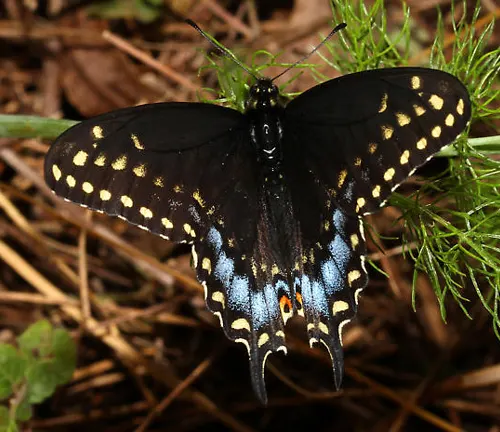
Western Black Swallowtail
(Papilio joanae)
Found in the western regions of North America, this species closely resembles the Eastern Black Swallowtail but may exhibit slight variations in markings and coloration.
Pipevine Swallowtail
(Battus philenor)
Native to North and Central America, the Pipevine Swallowtail features iridescent blue or greenish-blue wings with black markings. Its caterpillars feed on pipevine plants.

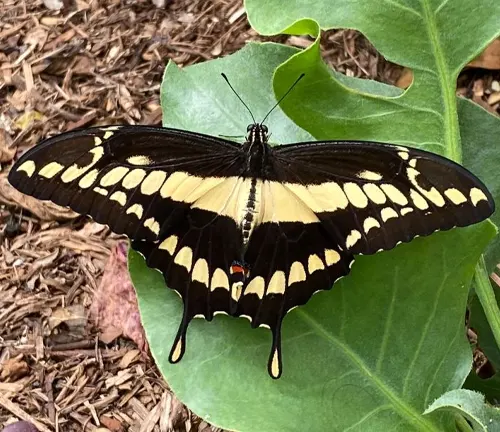
Giant Swallowtail
(Papilio cresphontes)
This species is one of the largest swallowtail butterflies in North America, with wingspan reaching up to 6 inches. It is characterized by yellow and black wings with a distinct diagonal yellow band.
Zebra Swallowtail
(Eurytides marcellus)
Found primarily in the eastern United States, the Zebra Swallowtail boasts striking black and white striped wings, resembling the pattern of a zebra. It is often seen in wooded areas.
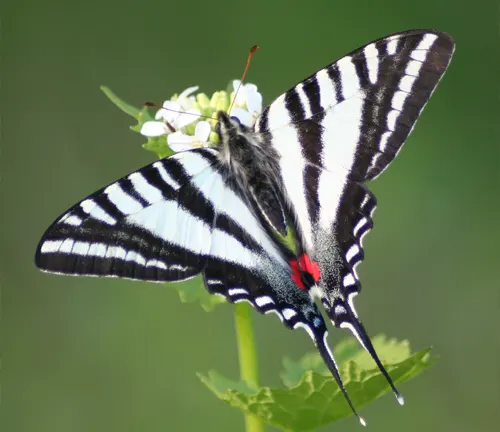
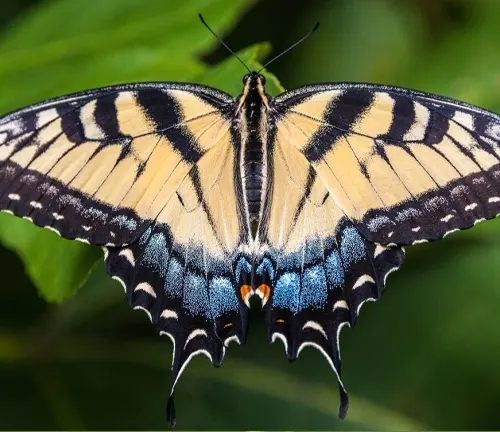
Tiger Swallowtail
(Papilio glaucus)
Native to North America, the Tiger Swallowtail is recognized for its yellow wings with black stripes and blue markings near the tail. It exhibits sexual dimorphism, with females often having darker wings than males.
Palamedes Swallowtail
(Papilio palamedes)
This species is found in the southeastern United States, particularly in swampy habitats. It features black wings with prominent yellow spots and bands, making it distinct from other swallowtail butterflies.

Frequently Asked Questions (FAQs)
- What is the Black Swallowtail Butterfly?
This question seeks to understand the basic identification and characteristics of the Black Swallowtail Butterfly. - Where is the Black Swallowtail Butterfly found?
This question aims to determine the geographic distribution and habitat preferences of the Black Swallowtail Butterfly. - What does the Black Swallowtail Butterfly eat?
This question addresses the feeding habits and diet of both the larvae (caterpillars) and adult Black Swallowtail Butterflies. - What are the predators of the Black Swallowtail Butterfly?
This question explores the natural enemies and predators that pose threats to the Black Swallowtail Butterfly throughout its lifecycle. - How long does the Black Swallowtail Butterfly live?
This question delves into the lifespan and longevity of the Black Swallowtail Butterfly from egg to adult stage. - What is the significance of the Black Swallowtail Butterfly in ecosystems?
This question examines the ecological role and importance of the Black Swallowtail Butterfly as a pollinator and food source in ecosystems. - Are Black Swallowtail Butterflies harmful to plants?
This question addresses concerns about potential damage or harm caused by Black Swallowtail Butterflies to garden plants or crops. - What can I do to attract Black Swallowtail Butterflies to my garden?
This question seeks advice and tips on creating butterfly-friendly environments and planting host plants to attract Black Swallowtail Butterflies. - How can I differentiate the Black Swallowtail Butterfly from similar species?
This question aims to identify distinguishing features and characteristics that differentiate the Black Swallowtail Butterfly from other swallowtail species. - What conservation efforts are in place to protect the Black Swallowtail Butterfly?
This question explores conservation initiatives, habitat restoration projects, and advocacy efforts aimed at preserving Black Swallowtail Butterfly populations and their habitats.


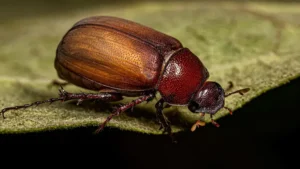
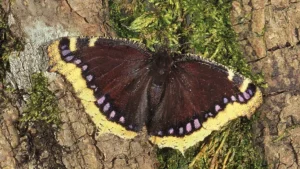

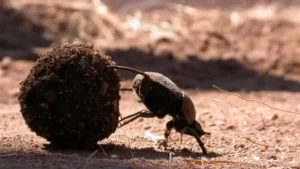
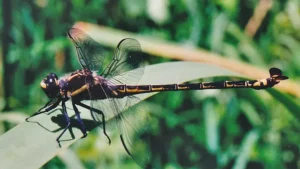
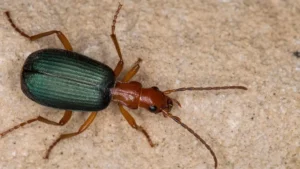

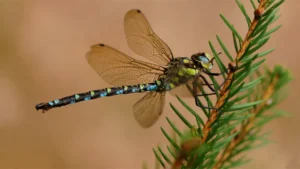
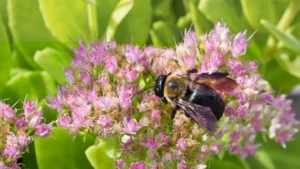

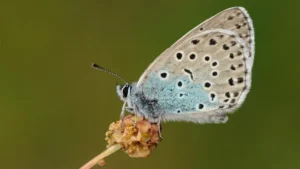
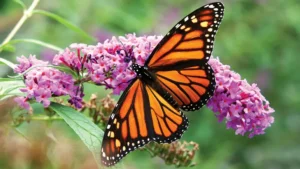
Leave your comment